Humpty Dumpty is a popular children's nursery rhyme that has been around for centuries. It tells the story of an anthropomorphic egg who falls off a wall and breaks into pieces. The lyrics to the rhyme have been passed down through generations, and it is still a favorite among children today.
The Origin of Humpty Dumpty

The origin of Humpty Dumpty is shrouded in mystery. Some believe that the rhyme was based on a real person, while others believe that it was simply a nonsensical rhyme that was created for entertainment purposes. One theory suggests that Humpty Dumpty was a cannon that fell off a wall during the English Civil War in the 17th century.
The Lyrics to Humpty Dumpty
The lyrics to Humpty Dumpty are short and simple, making it easy for children to remember and sing along. The lyrics go:
"Humpty Dumpty sat on a wall,
Humpty Dumpty had a great fall.
All the king's horses and all the king's men,
Couldn't put Humpty together again."
The Meaning Behind the Lyrics

While the lyrics to Humpty Dumpty may seem simple and straightforward, there are a few different interpretations of what they could mean. Some believe that the rhyme is a cautionary tale about the dangers of pride and arrogance. Others think that it is a metaphor for the downfall of a powerful person or nation.
Variations of Humpty Dumpty

Over the years, there have been many variations of Humpty Dumpty. Some versions have different lyrics, while others have different illustrations. One popular variation is the Humpty Dumpty rap, which puts a modern spin on the classic nursery rhyme.
Humpty Dumpty in Popular Culture
Humpty Dumpty has made appearances in various forms of popular culture, including books, movies, and television shows. One of the most famous examples is the character of Humpty Dumpty in Lewis Carroll's "Through the Looking-Glass," who is depicted as an egg-shaped humanoid.
The Benefits of Nursery Rhymes

Nursery rhymes like Humpty Dumpty have been around for centuries, and for good reason. They have been shown to help young children develop language and literacy skills, as well as improve their memory and cognitive abilities. Additionally, singing nursery rhymes can be a fun and interactive way for parents to bond with their children.
The Enduring Popularity of Humpty Dumpty

Despite being hundreds of years old, Humpty Dumpty is still a beloved nursery rhyme among children today. Its simple lyrics, catchy tune, and charming illustrations have made it a timeless classic that will continue to be passed down from generation to generation.
Conclusion
Humpty Dumpty Had A Great Fall Lyrics is a popular children's nursery rhyme with a long and fascinating history. Its enduring popularity is a testament to its timeless appeal and the benefits that nursery rhymes can provide for young children. Whether you're singing it to your own children or simply enjoying it as a nostalgic piece of your own childhood, Humpty Dumpty will always be a beloved part of our cultural heritage.
Related video of Humpty Dumpty Had A Great Fall Lyrics: A Popular Children's Nursery Rhyme
It may come as a surprise, but some humans are born with tails. While it is rare, this condition is known as "human tail" or "caudal appendage." The tail may be small and look like a bump or can be as long as 13cm. The tail can be found anywhere along the spine, but the most common location is at the bottom of the spine, near the buttocks.
Causes of Human Tail

The main cause of human tail is a genetic mutation. It is believed that the mutation occurs during embryonic development, where the tailbone fails to fuse with the rest of the spine. This mutation is not inherited, and there is no known link between human tail and any specific gene or family history. Another cause of human tail is a teratoma, a type of tumor that can grow at the base of the spine and contain various types of tissue, including hair, teeth, and bone.
Types of Human Tail
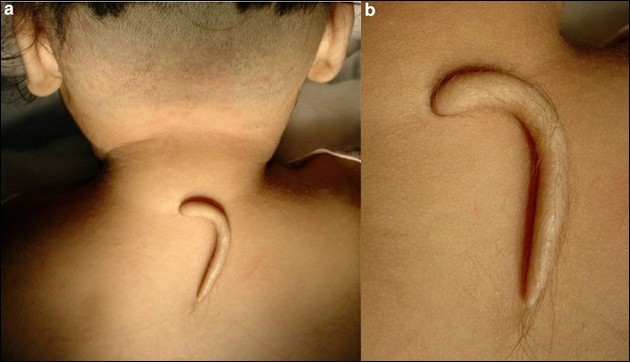
There are two types of human tail: true tails and pseudotails. True tails are an extension of the spine and contain bone, cartilage, and nerve tissue. They can move independently and may even have some control over them. On the other hand, pseudotails are just a fatty deposit or skin tag and do not contain any bone or cartilage.
How Common is Human Tail?
Human tail is extremely rare, occurring in only one in every 10,000 births. It is more common in males than females, and there is no known racial or ethnic preference. Most cases of human tail are diagnosed at birth, but some can go unnoticed until later in life. The human tail is usually harmless and does not cause any health problems. However, if the tail is large or painful, it may require medical attention.
Myths About Human Tail

There are many myths about human tail that have been circulating for centuries. One of the most common myths is that the tail is a sign of a person's spiritual or supernatural powers. This is not true, and human tail has no connection to any spiritual or supernatural powers. Another myth is that the tail can be used as a third arm or leg. This is also not true, as the tail does not have the same dexterity or strength as an arm or leg.
What Happens to Human Tail?
In most cases, the human tail does not require any treatment and can be left alone. However, if the tail is causing pain or discomfort, it may need to be surgically removed. The surgery is relatively simple and involves cutting the tail at the base and stitching the wound. The recovery time is usually quick, and there are no long-term complications.
Conclusion
In conclusion, humans born with tails are rare, but it does happen. The condition is caused by a genetic mutation or a teratoma and can be classified into two types: true tails and pseudotails. The human tail is usually harmless and does not require any treatment. However, if it is causing pain or discomfort, it may need to be surgically removed. Despite the many myths surrounding human tail, it has no connection to any spiritual or supernatural powers.
Related video of Humans Born With Tails
If you're a cat owner, you know that these furry little creatures can be quite finicky when it comes to food. While commercial cat food is widely available and formulated to meet the nutritional needs of cats, there may be times when you want to offer your feline friend something different. But what human foods are safe for cats to eat? In this article, we'll explore some common human foods that are safe for cats, as well as some that should be avoided.
Foods that are safe for cats

One human food that is safe for cats to eat is cooked chicken. Chicken is a good source of protein, which is essential for your cat's health. However, make sure the chicken is cooked thoroughly and does not contain any bones, as bones can pose a choking hazard or cause digestive problems. You should also avoid giving your cat chicken that has been seasoned with salt, garlic, or onion, as these ingredients can be harmful to cats.

Cooked fish is another human food that is safe for cats to eat. Fish is a good source of protein and omega-3 fatty acids, which are important for maintaining your cat's skin and coat health. However, you should avoid giving your cat raw fish, as it may contain harmful parasites. You should also avoid giving your cat fish that has been seasoned with salt, garlic, or onion.

Cooked eggs are a safe human food for cats, as they are a good source of protein and essential amino acids. However, you should avoid giving your cat raw eggs, as they may contain harmful bacteria. You should also avoid giving your cat eggs that have been seasoned with salt, garlic, or onion.

Cooked vegetables are also safe human foods for cats. Vegetables like green beans, carrots, and peas are low in calories and provide important nutrients like fiber and vitamins. However, you should avoid giving your cat vegetables that have been seasoned with salt, garlic, or onion.
Foods to avoid feeding your cat

While there are many human foods that are safe for cats to eat, there are some foods that should be avoided. Chocolate is one such food. Chocolate contains caffeine and theobromine, which can be toxic to cats and cause symptoms like vomiting, diarrhea, and seizures.

Grapes and raisins are also toxic to cats and can cause kidney failure. Even small amounts of these foods can be dangerous, so it's important to keep them away from your cat.
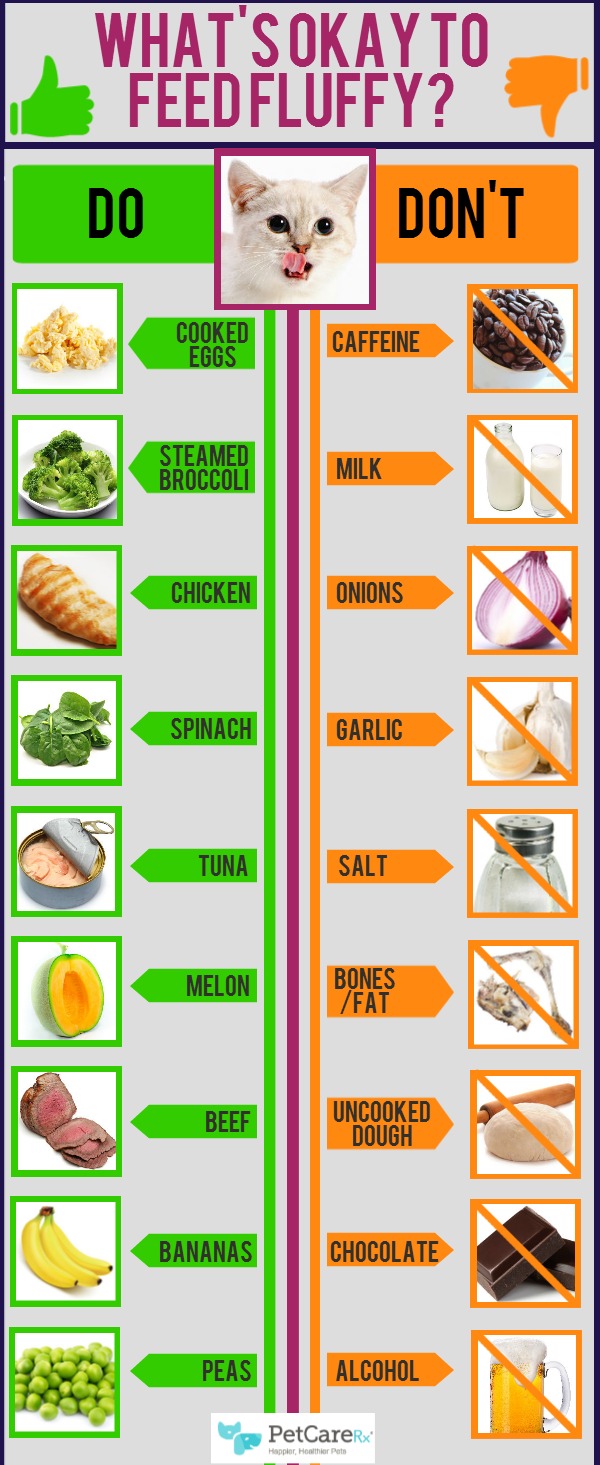
Onions and garlic are also toxic to cats and can cause anemia. These ingredients are often found in human foods like pizza and pasta dishes, so it's important to be careful when sharing your food with your cat.
Conclusion
While there are many human foods that are safe for cats to eat, it's important to remember that cats have different nutritional needs than humans. Before giving your cat any human food, it's important to research whether it's safe for them to eat. If you're unsure about a certain food, it's best to err on the side of caution and avoid giving it to your cat. By following these guidelines, you can safely offer your feline friend some human food as a treat from time to time.
Related video of Human Food To Feed Cats

XOXO is a common abbreviation used to express love, affection, or friendship. It is often used to end a letter, message, or email. But what does it actually mean? In this article, we will explore the origin and meaning of XOXO and its various uses in modern communication.
Origin of XOXO

The origin of XOXO can be traced back to the Middle Ages, where illiterate people used an X to sign their name on documents. The X would then be kissed to show sincerity and honesty. The O symbolizes the act of hugging, as one person's arms wrap around the other.
Over time, the symbols evolved into a shorthand way of expressing love and affection. Today, XOXO is commonly used in text messages, social media posts, and other forms of digital communication.
Uses of XOXO

XOXO is primarily used to express love, affection, or friendship. It can be used at the end of a message, email, or letter to show that the sender cares about the recipient. It is also used in greetings, such as "XOXO from me to you."
Some people also use XOXO as a way of signing off on a business email, to add a touch of personality and warmth. In this context, it is often seen as a way of building and maintaining relationships with clients and colleagues.
Other Uses of XOXO
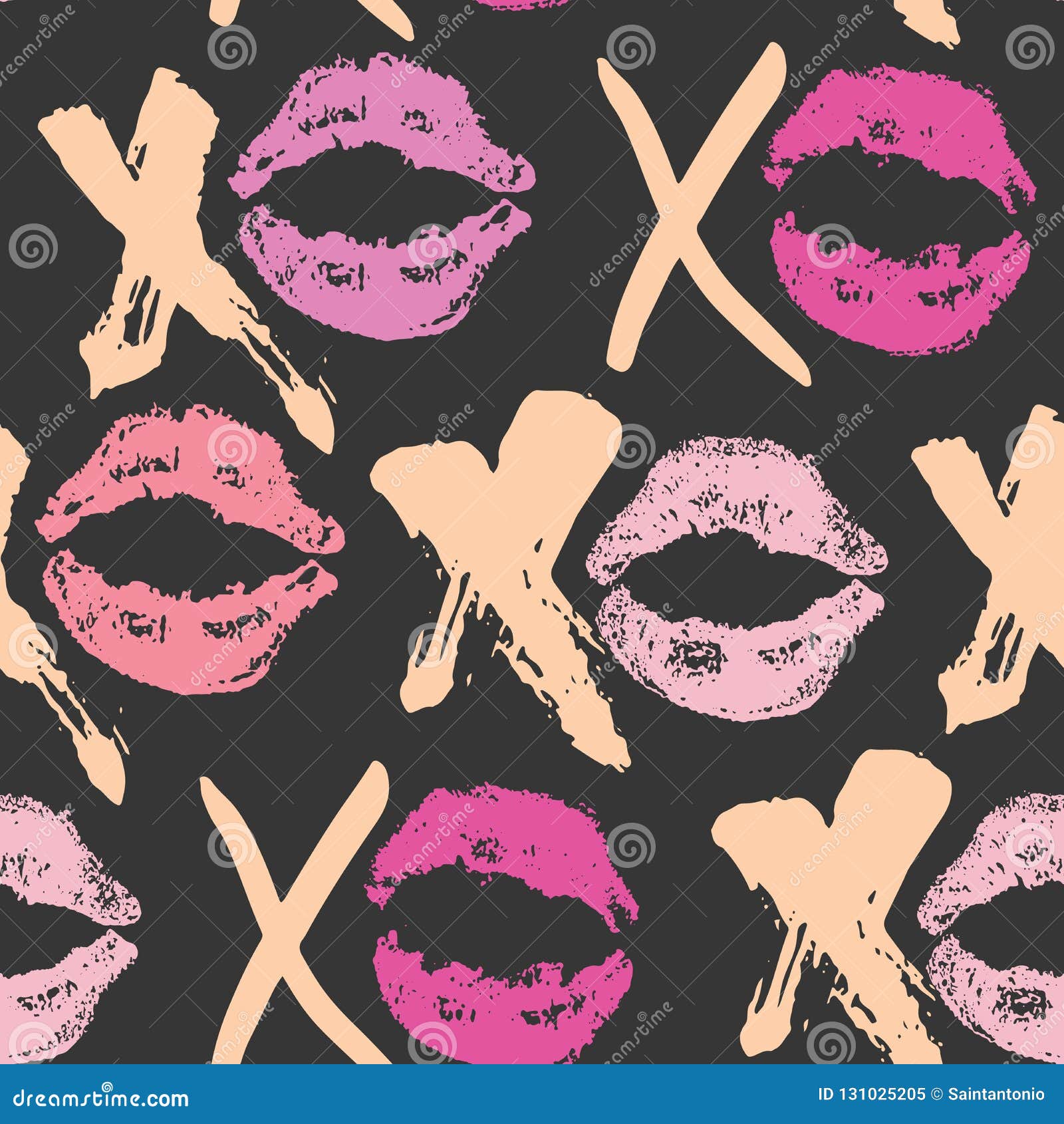
XOXO can also be used in a humorous or ironic way, to poke fun at the idea of expressing emotions through digital communication. For example, someone might say "I hate you…XOXO" to show that they are joking and don't really mean it.
Another common use of XOXO is in the fashion industry, where it is used to denote a pattern of kisses and hugs. This pattern is often seen on clothing, accessories, and other fashion items, and is popular among young people.
Conclusion

XOXO is a versatile and widely-used abbreviation that has its roots in medieval history. Today, it is a shorthand way of expressing love, affection, or friendship, and is commonly used in digital communication. Whether you are signing off on a business email or sending a message to a loved one, XOXO is a simple and effective way to show that you care.
Related video of Hugs And Kisses Abbreviation: What Does XOXO Mean?
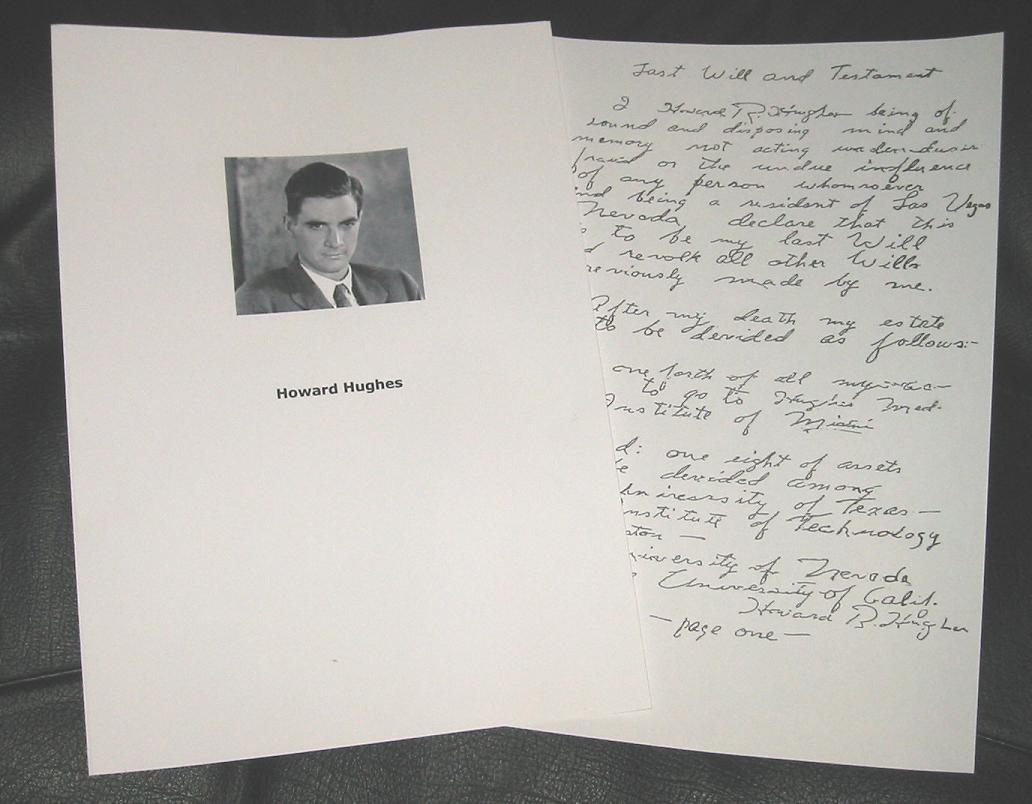
Howard Hughes was an American businessman, investor, and aviator known for his eccentric lifestyle and immense wealth. He was also known for his will and testament, which has remained a subject of discussion among legal experts and historians. In this article, we will explore the details of Howard Hughes' will and testament.
Early Life of Howard Hughes

Howard Hughes was born on December 24, 1905, in Houston, Texas. He was the only child of Howard Robard Hughes Sr. and Allene Stone Gano. His father was an inventor and businessman, while his mother was a socialite. Howard Hughes inherited his father's wealth and business acumen, and he began investing in various industries at a young age.
Howard Hughes' Business Ventures

Howard Hughes' business ventures included aviation, film, and real estate. He founded the Hughes Aircraft Company in 1932, which became one of the leading aerospace and defense contractors in the world. He also produced several successful films, including "Hell's Angels" and "The Outlaw." Additionally, he invested heavily in real estate, particularly in Las Vegas.
Howard Hughes' Personal Life

Howard Hughes' personal life was marked by controversy and scandal. He was married twice, but both marriages ended in divorce. He was also involved in several high-profile relationships with actresses and models, including Katharine Hepburn, Ava Gardner, and Jean Peters. Additionally, he became increasingly reclusive in his later years and was rumored to have suffered from mental illness.
Howard Hughes' Last Will and Testament

Howard Hughes' last will and testament was signed on April 5, 1972, in Las Vegas. The will was 19 pages long and contained several unusual provisions. One of the most notable provisions was the creation of the Howard Hughes Medical Institute, which was tasked with advancing medical research and education. The will also named several people as beneficiaries, including his ex-girlfriend Eva McLelland, his pilot and personal assistant, and his cousin William Lummis.
Controversy Surrounding Howard Hughes' Will

Howard Hughes' will was the subject of several legal challenges after his death in 1976. Some of his distant relatives claimed that the will was a forgery and that they were entitled to a share of his estate. Additionally, several people who were not named in the will claimed that Hughes had promised them a portion of his fortune. However, these challenges were ultimately dismissed by the courts, and the provisions of the will were upheld.
Legacy of Howard Hughes

Howard Hughes' legacy is complex and multifaceted. He was a pioneer in aviation and aerospace, a successful businessman and investor, and a controversial figure in his personal life. His will and testament created a lasting legacy through the Howard Hughes Medical Institute, which has made significant contributions to medical research and education. Despite the controversy surrounding his life and death, Howard Hughes remains a prominent figure in American history.
Related video of Howard Hughes Will And Testament
Howard Hughes was one of the most fascinating figures of the 20th century. A billionaire industrialist, aviator, and filmmaker, Hughes lived a life that was both glamorous and bizarre. He was a man of many contradictions: a brilliant innovator and a reclusive hermit, a visionary entrepreneur and a paranoid conspiracy theorist.

The Senate Hearings
In 1971, Howard Hughes was called to testify before a Senate subcommittee investigating corruption in the defense industry. The hearings were a media sensation, with Hughes appearing frail and disheveled, his voice barely audible. The video footage of the hearings has become iconic, capturing the eccentricities and idiosyncrasies that defined Hughes in his later years.

The Controversy
The hearings were controversial from the start, with Hughes refusing to answer many of the committee's questions and frustrating the senators with his evasive tactics. Some have argued that Hughes was suffering from mental illness at the time of the hearings, while others believe he was simply trying to protect his business interests.

The Legacy
Despite the controversy surrounding the hearings, they remain a fascinating glimpse into the life of one of the most enigmatic figures of the 20th century. The footage has been used in numerous documentaries and biopics, cementing Hughes' place in popular culture.

Conclusion
Howard Hughes was a complex and contradictory figure, whose legacy continues to fascinate and intrigue us today. The Senate hearings of 1971 provide a glimpse into the mind of a man who was both brilliant and troubled, and remind us of the power of wealth and influence in American society.
Related video of Howard Hughes Hearings Video: A Look into the Life of the Eccentric Billionaire

Have you ever wondered how the days of the week got their names? The names of the days of the week have a long and interesting history. Each day has its own unique story and meaning behind its name.
Sunday
Sunday is named after the sun. In many ancient cultures, the sun was worshipped as a god. The ancient Romans named Sunday "dies solis," which means "day of the sun." The name Sunday has been used in English since the 8th century.
Monday

Monday is named after the moon. In many ancient cultures, the moon was also worshipped as a god. The ancient Romans named Monday "dies lunae," which means "day of the moon." The name Monday has been used in English since the 12th century.
Tuesday

Tuesday is named after the planet Mars. In ancient Roman religion, Mars was the god of war. The ancient Romans named Tuesday "dies Martis," which means "day of Mars." The name Tuesday has been used in English since the 14th century.
Wednesday

Wednesday is named after the god Odin or Woden. In Norse mythology, Odin was the god of wisdom, poetry, and war. The ancient Romans named Wednesday "dies Mercurii," which means "day of Mercury." The name Wednesday has been used in English since the 12th century.
Thursday

Thursday is named after the god Thor. In Norse mythology, Thor was the god of thunder and lightning. The ancient Romans named Thursday "dies Iovis," which means "day of Jupiter." The name Thursday has been used in English since the 14th century.
Friday

Friday is named after the goddess Frigg or Freya. In Norse mythology, Frigg was the goddess of love and fertility, while Freya was the goddess of love, beauty, and fertility. The ancient Romans named Friday "dies Veneris," which means "day of Venus." The name Friday has been used in English since the 12th century.
Saturday

Saturday is named after the planet Saturn. In ancient Roman religion, Saturn was the god of agriculture and harvest. The ancient Romans named Saturday "dies Saturni," which means "day of Saturn." The name Saturday has been used in English since the 14th century.
Now that you know how the days of the week got their names, you can impress your friends with your knowledge of history and mythology!
Related video of How Were The Days Of The Week Named

The Sun and the Moon
Before Christ, time was recorded using the sun and the moon. The sun was used to measure the day, while the moon was used to measure the month. The ancient Egyptians were the first to use a sundial to tell time. The sundial worked by casting a shadow on a flat surface. The length of the shadow would change throughout the day, indicating the time.

The Ancient Egyptian Calendar
The ancient Egyptians had a calendar system that was based on the cycles of the sun and the moon. Their calendar had 12 months, with each month consisting of 30 days. They also had a five-day festival at the end of the year to celebrate the birth of the god Osiris.

The Babylonian Calendar
The Babylonians were the first to use a lunar calendar. Their calendar had 12 months, with each month consisting of 29 or 30 days. They added an extra month every three years to keep the calendar in sync with the seasons.

The Mayan Calendar
The Mayans had a very advanced calendar system. Their calendar had 18 months, with each month consisting of 20 days. They also had a five-day festival at the end of the year. The Mayans also had a long count calendar, which was used to record events that occurred over long periods of time.
The Chinese Calendar
The Chinese calendar is based on the cycles of the moon and the sun. It has a 12-year cycle, with each year being represented by an animal in the Chinese zodiac. The Chinese calendar is also used to determine the dates of important festivals and holidays.
Stonehenge
Stonehenge is a prehistoric monument in England that was built around 2500 BC. It consists of a ring of standing stones, with some weighing up to 25 tons. It is believed that Stonehenge was used to mark the solstices and equinoxes.
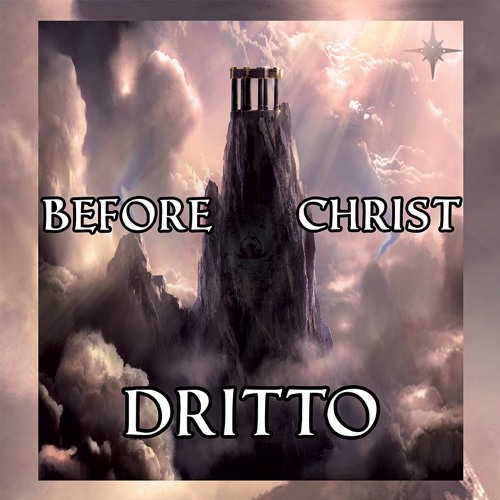
The Water Clock
The water clock was invented by the ancient Greeks around 400 BC. It worked by using a container with a small hole in the bottom. Water would flow out of the hole at a constant rate, indicating the passage of time.
The Hourglass
The hourglass was invented in the 14th century. It consists of two glass bulbs connected by a narrow neck. Sand is placed in the top bulb, and as it falls through the narrow neck, it indicates the passage of time.
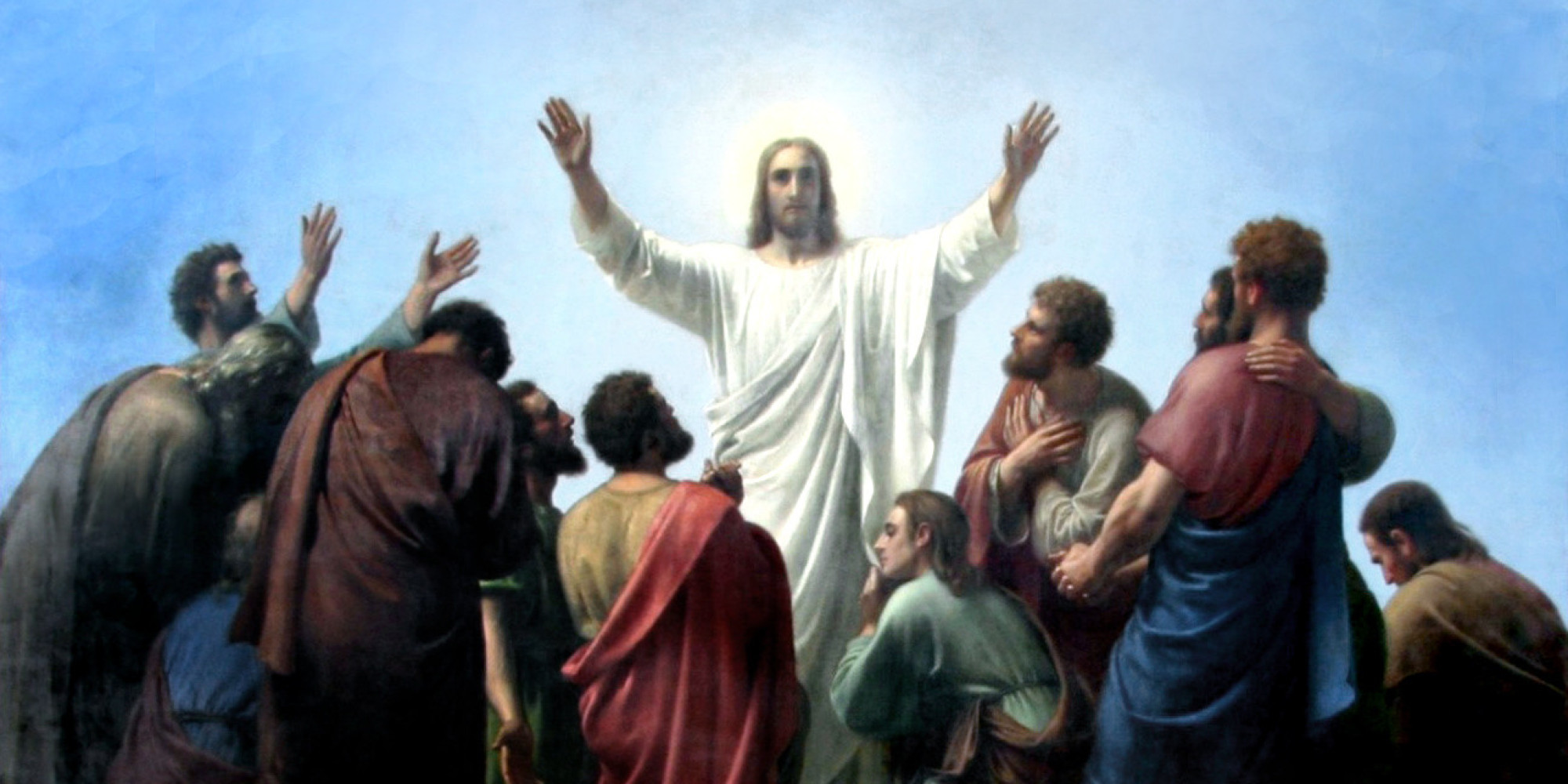
The Pendulum Clock
The pendulum clock was invented by the Dutch scientist Christiaan Huygens in the 17th century. It worked by using a pendulum to regulate the movement of the clock's gears, making it the most accurate timekeeping device of its time.

The Atomic Clock
The atomic clock is the most accurate timekeeping device ever invented. It works by measuring the vibrations of atoms, which are incredibly consistent. The first atomic clock was invented in 1949, and since then, atomic clocks have become the standard for measuring time.
Conclusion
Before Christ, time was recorded using various methods, including the sun and the moon, calendars, sundials, water clocks, and hourglasses. Over time, these methods evolved, leading to the invention of the pendulum clock and the atomic clock, which are still used today.
Related video of How Was Time Recorded Before Christ
ads
Search This Blog
Blog Archive
- September 2022 (1)
- August 2022 (30)
- July 2022 (32)
- June 2022 (30)
- May 2022 (31)
- April 2022 (29)
- March 2022 (32)
- February 2022 (28)
- January 2022 (30)
- December 2021 (7)
About Me
